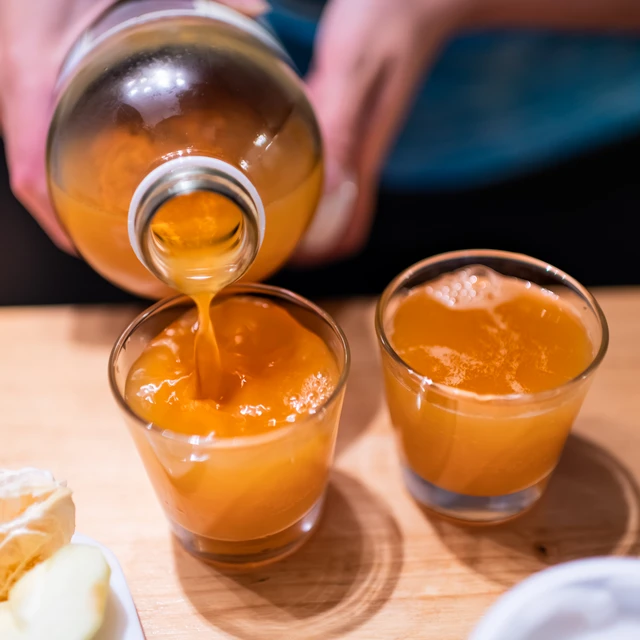
Brewing kombucha at scale
The traditional method of brewing kombucha is hard to upscale. But production-scale fermentations can be done with SmartBev™ NEER™ and SmartBev™ Harvest.
Kombucha production volumes are limited
Traditionally, producing kombucha involves aerobic fermentation of sweetened tea using a SCOBY (symbiotic consortium of bacteria and yeasts).
The basic process involves alcohol formation by yeast(s), followed by the oxidation of alcohol into acetic acid by bacteria (acetobacter a.o.).
The requirement of oxygen in the latter step limits production volumes. This is because oxygen is restricted to what can be passively diffused through the surface area. This leads to shallow - and therefore small -production volumes.
Solution Scaling Kombucha with SmartBev™ Solutions
A number of customers have scaled up their kombucha production capacity by producing “fermented tea” using Novonesis’ products SmartBev™ NEER™ (non-saccharomyces yeast for complex aroma development) and SmartBev™ Harvest (lactic acid bacteria for acidification).
Co- or serial fermentation using these cultures can be done in ordinary fermentation tanks and is easily scalable. The resulting beverage is sometimes mixed with traditional kombucha, or sometimes sold as its own brand.
Location: Scandinavia, Czech Rep., Australia a.o.
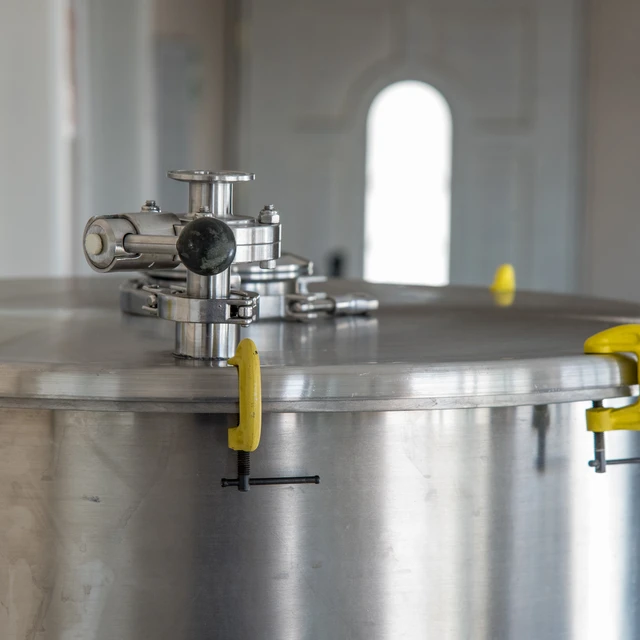
Explore more success stories.
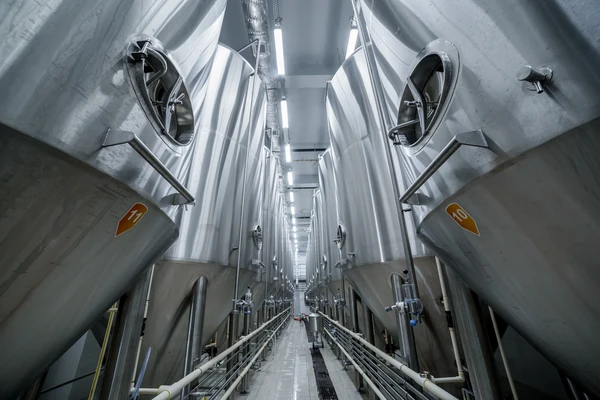
Achieving consistent propagation results
It’s often difficult to achieve consistent results in your yeast management program. Here’s a solution.
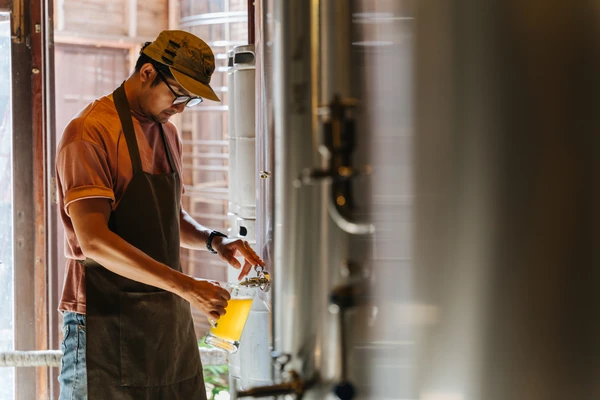
Overcoming changes in raw material quality
How a brewer improved both production efficiency and quality of beer
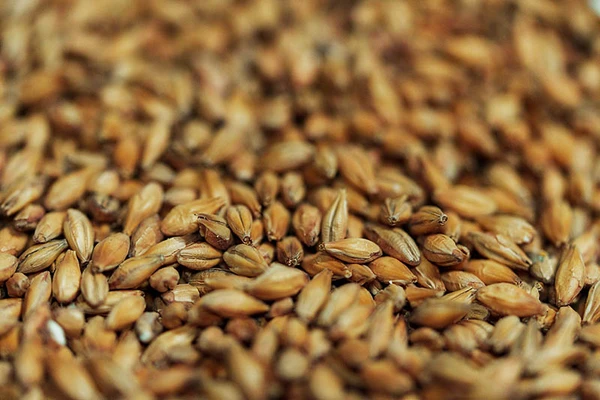
Enzymes enable high-FAN recipe to use low-FAN malt
Case study: This brewer used enzymes to ensure a good FAN supply even with undermodified malt.